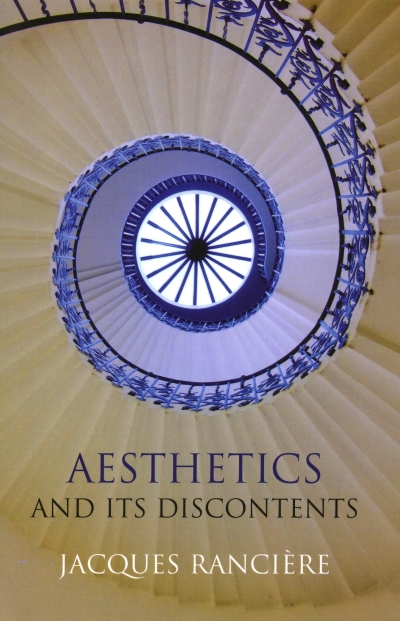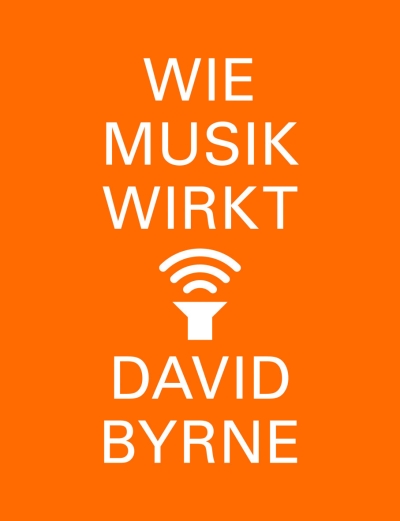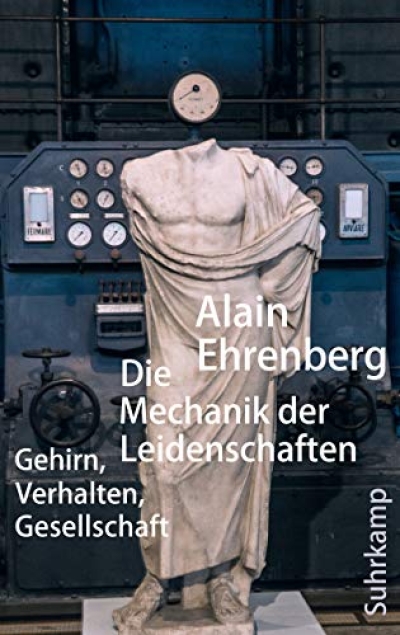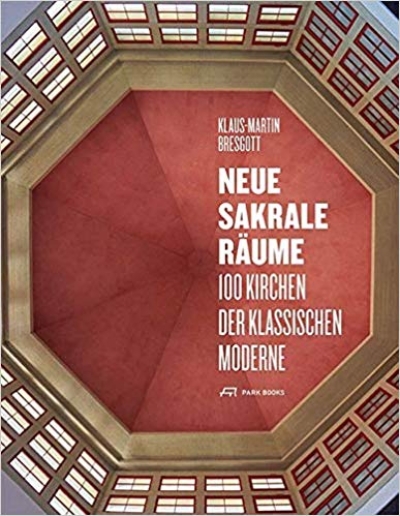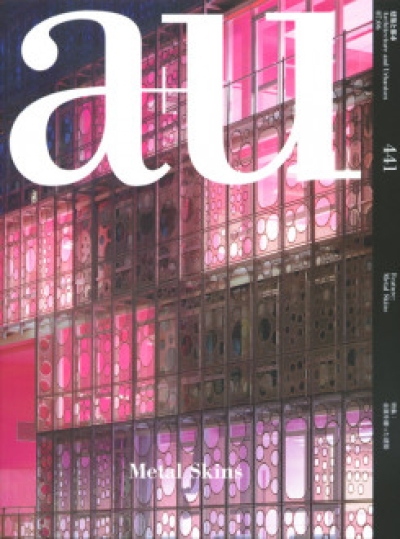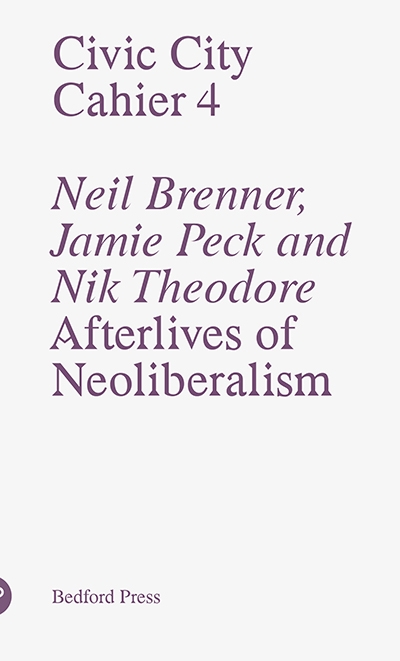Sabine Hansmann, Finn Geipel (Hg.)
Raummaschine: Exploring the Manifold Spaces
Peter Donhauser
Musikmaschinen: Die Geschichte der Elektromusik
Amanda Boetzkes
Plastic Capitalism. Contemporary Art and the Drive to Waste
Stefanie Graefe
Resilienz im Krisenkapitalismus: Wider das Lob der…
Daniel Johnston
Where are the ducks when you need them?
Daniel Birnbaum, Sven-Olov Wallenstein
Spacing Philosophy: Lyotard and the Idea of the Exhibition
Roland Meyer
Operative Porträts. Eine Bildgeschichte der…
A. Juppien, R. Zemp
Vokabular des Zwischenraums: Gestaltungsmöglichkeiten von…
Paul O'Neill, Simon Sheikh, Lucy…
Curating after the Global: Roadmaps for the Present
Maya Vinitsky (Ed.)
Solar Guerrilla: Constructive Responses to Climate Change
Annette Jael Lehmann
Tacit Knowledge. Feminism / Post Studio (Post Studio /…
G. Cachin (Hg.)
Bobst Graphic. 1972 - 1981
H. Bodenschatz, D. Brantz
Grünfrage und Stadtentwicklung. 100 Jahre Groß-Berlin
Christoph Cox
Sonic Flux: Sound, Art, and Metaphysics
Rosi Braidotti, Simone Bignall (eds.)
Posthuman Ecologies. Complexity and Process after Deleuze
T. Garcia, V. Normand (Hg)
Theater, Garden, Bestiary: A Materialist History of…
David Byrne
Wie Musik wirkt
James Bridle
New Dark Age: Der Sieg der Technologie und das Ende der…
Sabine Breitwieser (Ed.)
E.A.T. - Experiments in Arts and Technology
Richard Buckminster Fuller
R. Buckminster Fuller. Nine Chains to the Moon. An…
Ulrike Bernard
Wuan Wandeln
Jenelle Porter
Less Is a Bore: Maximalist Art & Design
Agata Toromanoff
Impossible Design: Außergewöhnliche Designobjekte der…
C. Leonard, L. Khonsary (Hg)
The Halifax Conference. Oct. 5&6 1970
Birgit Rieger, Claudia Wahjudi
Berlin Interviews. 16 Künstlerinnen und Künstler über eine…
Paolo Cirio
Evidentiary Realism. Investigative, Forensic, Documentary…
Robert Kronenburg
This Must Be The Place: An Architectural History of Popular…
Oliver Marchart
Conflictual Aesthetics: Artistic Activism and the Public…
Jürgen Hasse, Sara F. Levin
Betäubte Orte: Erkundungen im Verdeckten
Alexandra Klei
Wie das Bauhaus nach Tel Aviv kam: Re-Konstruktion einer…
Sarah Banet-Weiser
Empowered. Popular Feminism and Popular Misogyny
Stephen Prina
As He Remembered It
Christoforos Savva
Untimely, Again
Barbagallo, Beuret, Harvie (Hg.)
Commoning with George Caffentzis and Silvia Federici
A Prior #20
The Research Issue
Bernard Stiegler
The Age of Disruption: Technology and Madness in…
Edgar Cabanas, Eva Illouz
Manufacturing Happy Citizens: How the Science and Industry…
C. Profanter, H. Andersen, J. Eckhardt…
The Middle Matter. Sound as Interstice
I. Galuzin, G. Severianova (Eds.)
The Withdrawal of the Red Army
IDEA #381
Transboundary Design. Perspective of Yoshihisa Tanaka
Andres Lepik, Daniel Talesnik (Hg)
Access for All. São Paulo's Architectural…
Isabelle Graw, Christoph Menke (eds.)
The Value of Critique: Exploring the Interrelations of…
Bernhard Denkinger
Die vergessenen Alternativen. Strukturalismus und…
P. Bogner, G. Zillner
Frederick Kiesler: Face to Face with the Avant-Garde:…
Jonathan Hill
The Architecture of Ruins: Designs on the Past, Present and…
L. Giusti, N. Ricciardi (Eds.)
Museums at the Post-Digital Turn
IDEA Magazine
IDEA 386. Ministry of Graphic Design Fikra Graphic Design…
Gregor H. Lersch, Léontine Meijer-van…
Mischa Kuball. res.o.nant
Marco Revelli
The New Populism: Democracy Stares into the Abyss
Jacques Ranciere
Aisthesis: Scenes from the Aesthetic Regime of Art
Gean Moreno
In the Mind but Not from There. Real Abstraction and…
Saskia de Wit
Hidden Landscapes. The metropolitan garden as a multi-…
Tchoban Foundation
Deutsche Filmarchitektur 1918–1933 – German Film…
Natascha Süder Happelmann
Ankersentrum (surviving in the ruinous ruin)
HeK (House of Elecronics Basel)
Entangled Realities: Living with Artificial Intelligence /…
Alain Ehrenberg
Die Mechanik der Leidenschaften: Gehirn, Verhalten,…
Rosi Braidotti
Posthuman Knowledge
Klaus-Martin Bresgott
Neue Sakrale Räume: 100 Kirchen der Klassischen Moderne
Jochen Volz, Gabi Ngcobo (Eds.)
We Are Many. Art, the Political and Multiple Truths
Fitz, Krasny, Architekturzentrum Wien (…
Critical Care. Architecture and Urbanism for a Broken Planet
Anne Kockelkorn, Nina Zschocke (Hg)
Productive Universals. Specific Situations: Clinical…
Elke Neumann
Palast der Republik. Utopie, Inspiration, Politikum
A+U 441
Metal Skins
Troy Schaum (Ed.)
Totalization: Speculative Practice in Architectural…
F. Serapiao, G. Wisnik
Infinite Span. 90 Years of Brazilian Architecture
Heike Munder (Ed.)
Producing Futures: A Book on Post-Cyber-Feminisms
L. Giusti, N. Ricciardi (Eds.)
Museums at the Post-Digital Turn
Victor Papanek
Design for the Real World
Andreas, Jung, Schmal (Hg.)
Wohnen für Alle: Bautenkatalog
Elizabeth Resnick
The Social Design Reader
Anca Benera, Arnold Estefan
DEBRISPHERE - Landscape as an Extension of the Military…
Fiona McGovern, Megan Francis Sullivan…
Jill Johnston. The Disintegration of a Critic
Byung-Chul Han
Vom Verschwinden der Rituale: Eine Topologie der Gegenwart
Camiel van Winkel
Archive Species: Bodies, Habits, Practices
Ted Hyunhak Yoon
Decoding Dictatorial Statues
Sophie Cure, Aurelien Farina
Graphic Design Play Book: An Exploration of Visual Thinking
Danielle Child
Working Aesthetics: Labour, Art and Capitalism
Katya Garcia-Anton
Sovereign Words. Indigenous Art, Curation and Criticism
Monika Rinck
Champagner für die Pferde
Lorraine Daston
Against Nature
Brigitta Gerber, Ulrich Kriese (Hg)
Boden behalten - Stadt gestalten
Civic City Cahier 4
Afterlives of Neoliberalism
Camila Marambio, Cecilia Vicuña
Slow Down Fast, A Toda Raja
Dominik Landwehr (Hg.)
Virtual Reality: Edition Digital Culture 6
Thor Magnusson
Sonic Writing: Technologies of Material, Symbolic, and…
Biechteler, Käferstein, Hochschule…
Architekturpädagogiken: Ein Glossar
Haenschel, Nelke, Planitzer (Hg.)
Uncanny Interfaces
Jens Balzer
Pop und Populismus: Über Verantwortung in der Musik
Lisa Baker
Tiny Interiors: Compact Living Spaces
Marvin Heiferman
Seeing Science: How Photography Reveals the Universe
Kristen Alvanson
XYZT
Zdenke Badovinac
Comradeship: Curating, Art, and Politics in Post-Socialist…
Juan Serra Lluch
Color for Architects
2G 78
Junya Ishigami
OASE 102
Schools & Teachers
Geert Lovink
Sad by Design: On Platform Nihilism
Paul Mason
Klare, lichte Zukunft: Eine radikale Verteidigung des…
M. F. Gage (Ed.)
Aesthetics Equals Politics: New Discourses Across Art,…
